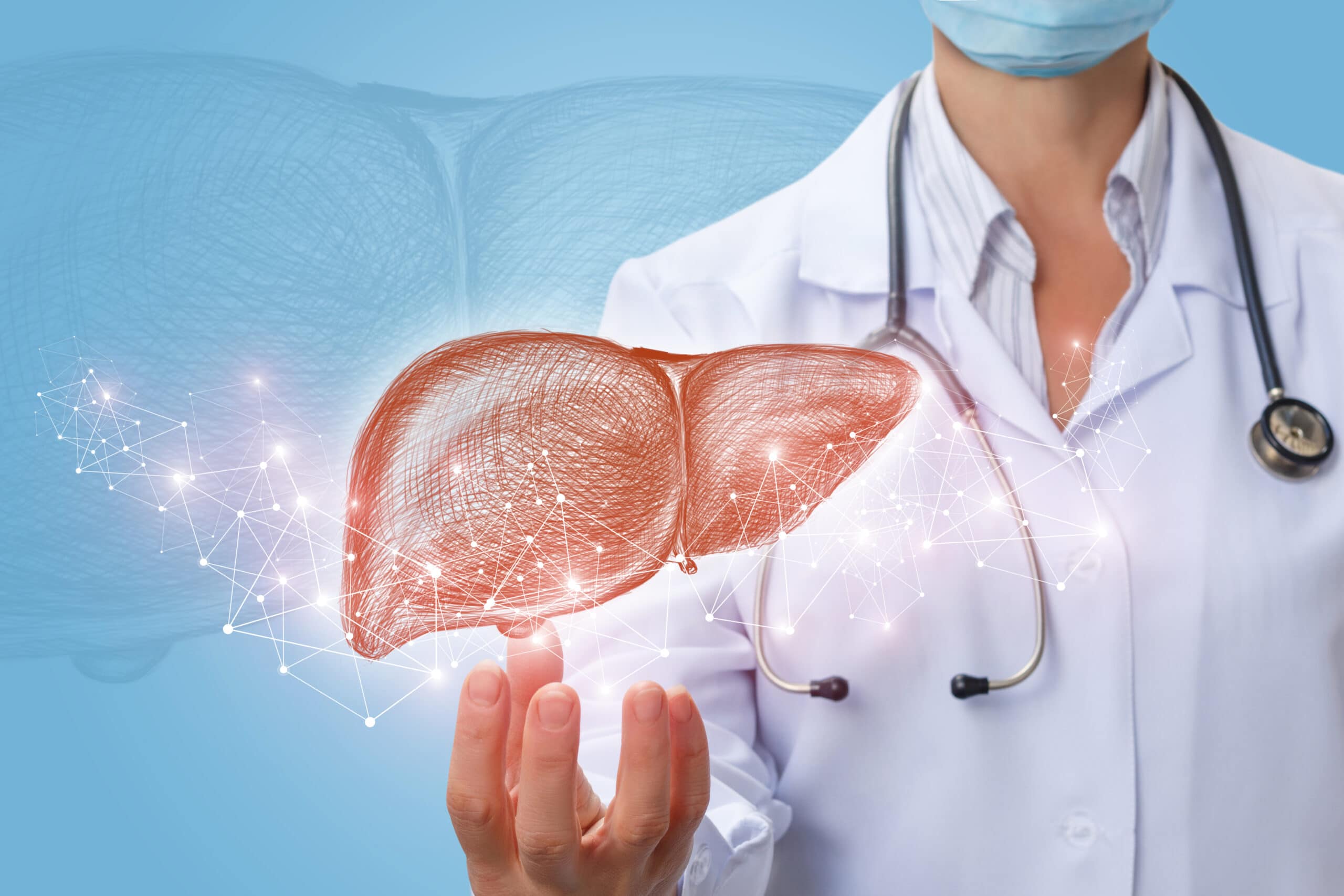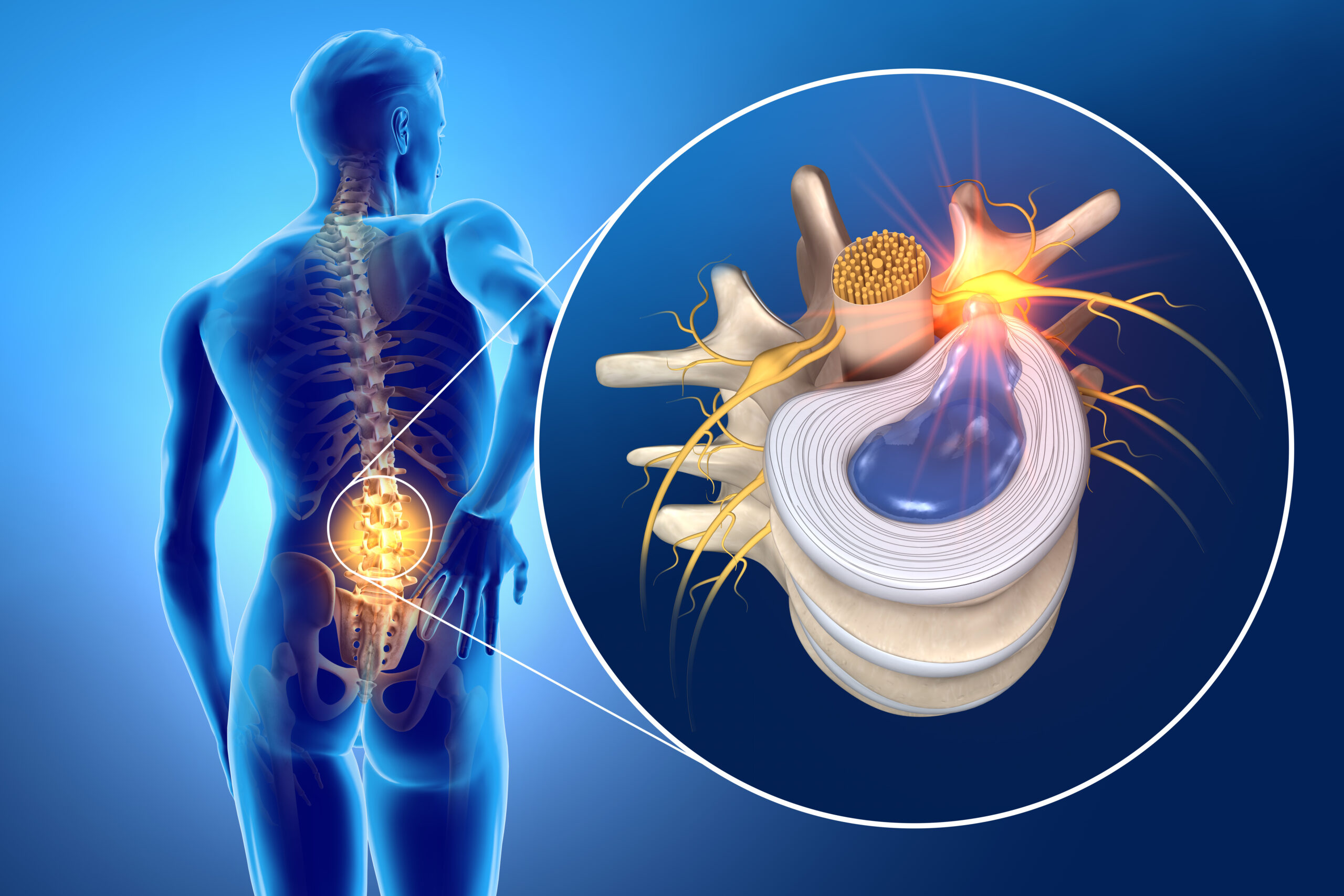There are no products in your cart
Categories
TOP
TOP
- 1. COVID -19 SEJOY rapid antigen test for nasal passages
- 2. Rapid test for COVID-19 antigens
- 3. AteroLip complex N90. Better price!
- 4. 3 PCS of AteroLip complex N90 better price!
- 5. BASICA SPORT, 660 g
- 6. 4 PCS of AteroLip complex N90 better price!
- 7. A+E vitamins Nourishing Ointment 60g BIG PACK
- 8. Sale! 3 PCS of FORCAPIL, effective nutritional supplement for ...
- 9. Orthomol Immun (30 daily doses)
- 10. Orthomol Arthro plus (30 daily doses)
Now Online
Now Online
We have 282 guests online
Health
How does liver cirrhosis affect overall health?

Liver cirrhosis is a chronic liver disease caused by long-term damage to liver tissue. Liver cirrhosis develops for various reasons, including prolonged alcohol consumption, viral hepatitis B and C infections, autoimmune liver damage, genetic disorders such as hemochromatosis and Wilson's disease, and toxic damage (e.g., caused by medications). The essence of liver cirrhosis is a gradually progressing fibrosis process, in which normal liver tissue is replaced by connective tissue (fibrosis) scars. This disrupts the normal structure and functions of the liver as the liver cells (hepatocytes) die and are replaced by ineffective scar tissue.
Rheumatoid arthritis and its key risk factors

Rheumatoid arthritis (RA) is a chronic autoimmune inflammatory joint disease characterized by joint inflammation and pain, sometimes extending beyond to other tissues of the body. The exact cause of rheumatoid arthritis is still not completely clear, but it is believed to be a disorder of the immune system in which the body starts attacking its own joints, causing inflammation, pain, swelling, and sometimes joint deformity.
How to protect yourself from hepatitis B virus?

Hepatitis B is a serious infectious liver disease caused by the hepatitis B virus (HBV). It is one of the five main types of hepatitis (A, B, C, D, and E) and is particularly important due to its ability to cause chronic infection and related complications, including liver cirrhosis, liver failure, and hepatocellular carcinoma (liver cancer). A characteristic of hepatitis B is that it can manifest both in acute and chronic forms, and the course and consequences of the infection vary greatly from person to person.
What is osteochondrosis and how can massage help treat it?

Osteochondrosis is a degenerative disease affecting bones and joints, most commonly manifesting in the spine, though it can also affect other parts of the body. It is a complex pathology associated with changes in the structural and functional condition of the intervertebral discs, which act as cushions between the vertebrae. The progression of osteochondrosis is slow and progressive, and its primary factors include age, genetic predisposition, excessive physical strain, improper posture, obesity, and other related health disorders.
Why does a spinal hernia occur?

A spinal hernia, medically known as an intervertebral hernia, is a structural disorder of the spinal discs, which act as cushions between the vertebrae of the spine. It occurs when the soft inner part of the discs, called the nucleus, breaks through the hard outer part, known as the annulus. This condition most commonly arises due to aging processes, which reduce the flexibility and resistance of the disc, or due to intense physical activity, trauma, improper lifting, or even sudden movements.
More Articles...
Page 8 of 44






